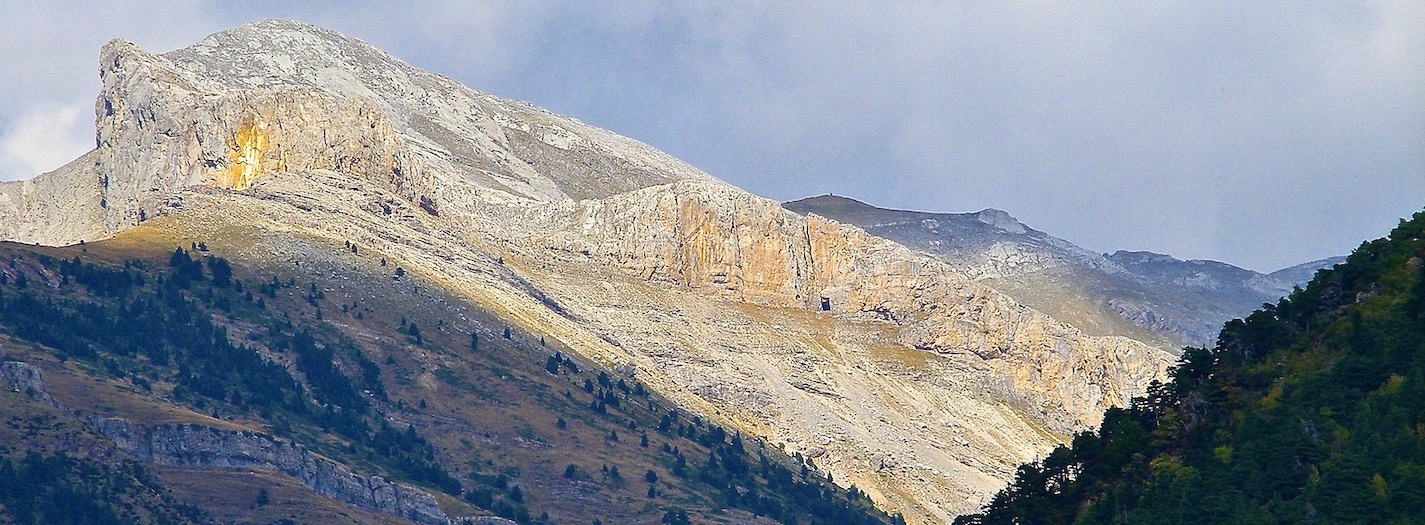
Conventional Hydrocarbon Play Mapping and Risking
Course Details
Welcome to the Online Short-Course on Play Mapping and Risking for Conventional Reservoirs. We understand that with the global pandemic, oil price crash, and with most companies slashing training budgets, travel expenses are the biggest hurdle in getting the training you need.
To acquire the best acreage in a hydrocarbon play, and to drill profitable wells, explorers must have an adequate and holistic understanding of petroleum system elements at the regional, play and prospect scales. This short course introduces (and applies through collaborative mapping exercises) the datasets and workflows that the explorationist needs to consider when assessing new opportunities, planning wells or evaluating data acquisition requirements. Emphasis is placed on fundamental geologic understanding, multidisciplinary data integration, team collaboration, and consistency to define play fairways and rank common risk segments.
Course notes and exercise materials will be provided to you using a dropbox link. The price of this module is $300.
Each module runs for 3-hours and is taught live on Zoom so you have an opportunity to be interactive and ask the instructor questions.
Who Should Attend
• Geologists • Geophysicists • Petrophysicists • Engineers • Graduate Students (Masters or Doctorate)
Everyone who is involved in the initial screening, finding leads, prospect evaluation, and well planning during exploration.
Need more information?
Course Outline
Module 1
The goal of this module is to demonstrate, and practice via collaborative mapping exercises, how to integrate spatial and stratigraphic details of each petroleum system element to characterize and high-grade conventional hydrocarbon resources at the regional, play and prospect level. We introduce consistent qualitative and quantitative play segment risking methodologies, dependent vs. independent risk, and geologic vs. prospect probability of success. The utility and impact of ranges and probabilities in volumetric assessments are also explored.


